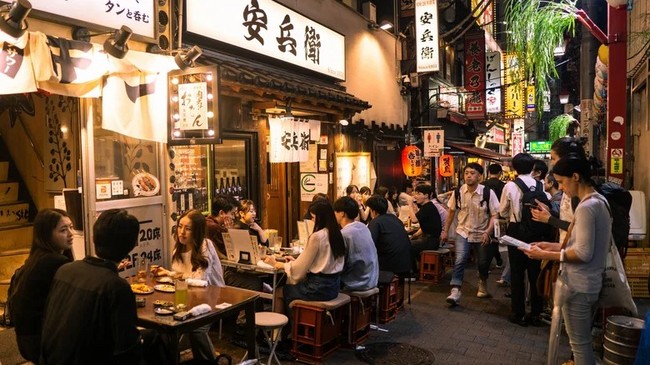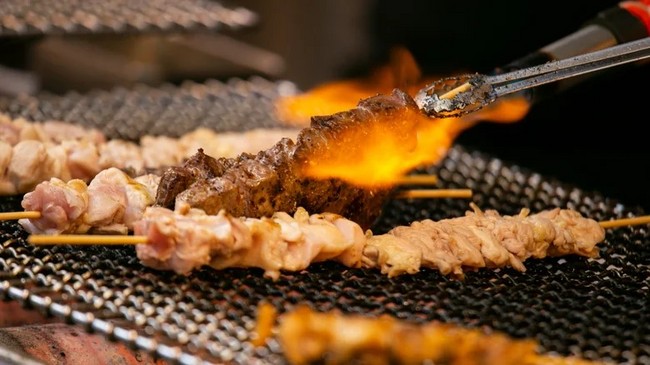✕



✕

Tag:Memory Lane bars 2025-01-08 14:37

Karl Panganiban/Shutterstock
Nestled near Shinjuku Station's west exit, Omoide Yokocho ("Memory Lane"), is a vibrant yet intimate alley that captures the spirit of post-war Tokyo. Despite its modest size, the street houses over 60 tiny izakaya bars, street food stalls, and open kitchens separated by wooden panels or curtains. Here, visitors can savor authentic Japanese flavors while immersing themselves in a piece of living history. Illuminated by glowing lanterns and neon signs, the alley offers a lively, nostalgic atmosphere that appeals to locals and tourists alike. Most establishments in Omoide Yokocho open in the evening and stay bustling late into the night.
Historically, Omoide Yokocho was also known as Shonben Yokocho, or "Piss Alley," a name derived from the area's lack of restrooms in its early days, which led patrons to find relief on nearby train tracks. Over time, the more endearing "Memory Lane" replaced the crude nickname, reflecting the timeless charm of the alley's unchanged storefronts and enduring traditions. After a fire devastated much of the alley in 1999, the local government carefully restored its post-war atmosphere (this time, adding modern essentials like bathrooms). Today, Omoide Yokocho thrives as a culinary and cultural hotspot, bridging Tokyo's past and present.
What to eat and drink in Omoide Yokocho

Lecker Studio/Shutterstock
Established in the Shōwa era after World War II in the 1940s, Omoide Yokocho began as a black market gathering place for laborers seeking affordable meals and drinks. Many food stalls specialize in some of the best Japanese food you probably haven't tried yet, including grilled skewers (yakitori), savory pancakes (okonomiyaki), and stews, paired with Japanese beverages like beer, high balls, sake, and shochu. Many menus now feature English translations, making it easier for tourists to visit.
At Asadachi (which translates to "morning wood"), diners can sample delicacies like grilled salamander, pig testicles, and frog sashimi, showcasing Japan's resourceful nose-to-tail culinary philosophy. Kabuto is famous for its unagi, made from the head, tails, and innards of a freshwater eel. Open since 1951, Yasubee is the most spacious sake bar in the alley, offering a diverse sake list that complements the flavors of dishes like saikyo yaki, a grilled white fish marinated in miso. For sushi lovers, Sushitatsu, owned by the same sushi master for 70 years, specializes in traditional Edo-style nigiri prepared with locally sourced fish.
It's important to keep in mind that establishments may have a table charge or cover per guest and require both food and drink orders. Most joints are also cash-only, so be prepared with yen on hand. Due to limited seating of only six to eight people, some places impose time limits, especially during peak hours.
About Us Terms of Service Privacy Policy Contact Us
Hotline(+86)17301604571
 Enterprise WeChat
Enterprise WeChat
for Client Service
 EZBuy
EZBuy
WeChat APP
Sinoexpo Digital Platform
Shanghai Sinoexpo Informa Markets International Exhibition Co., Ltd. All rights reserved
沪ICP备05034851号-77
 沪公网安备31010402000543号
沪公网安备31010402000543号